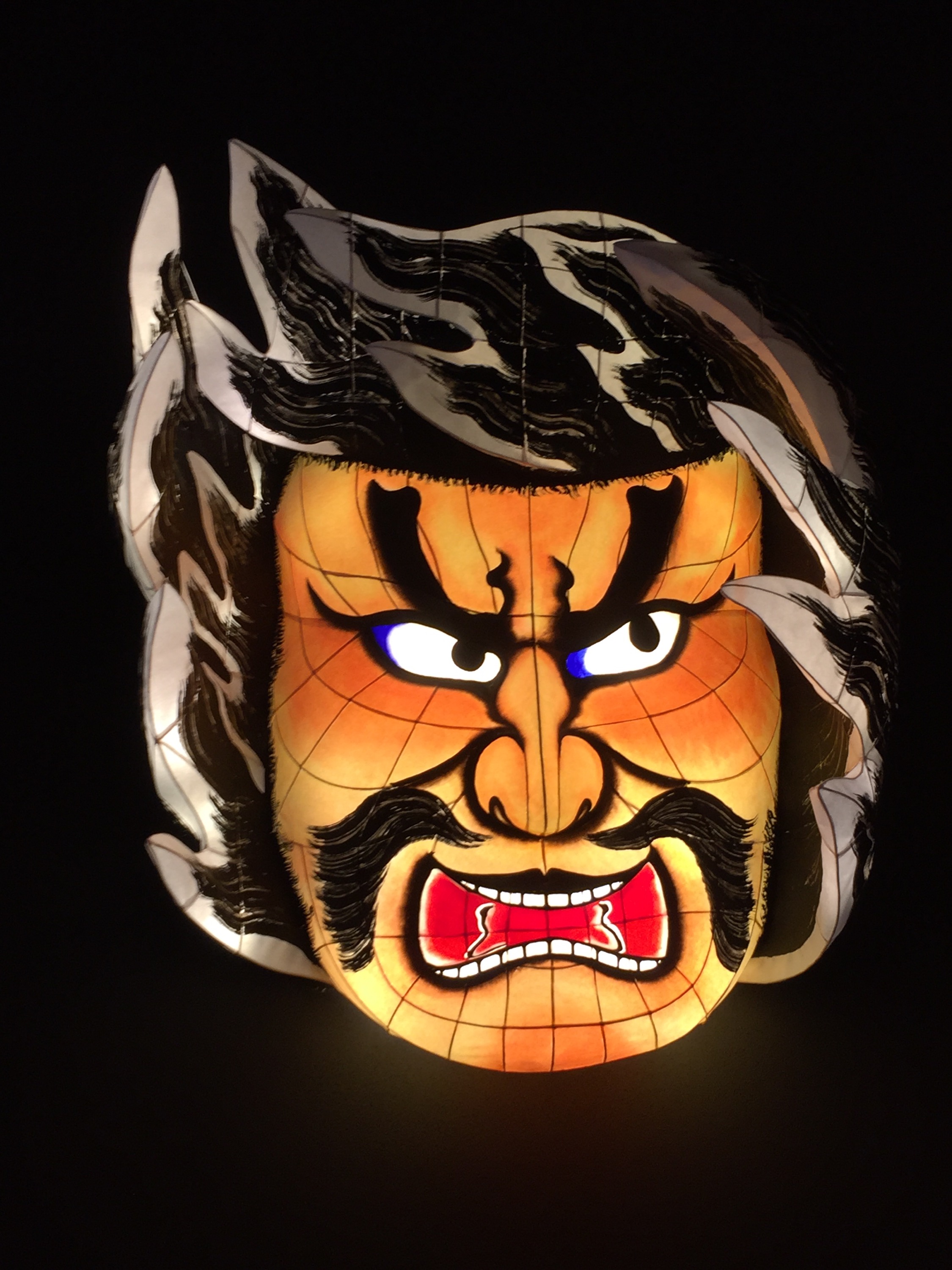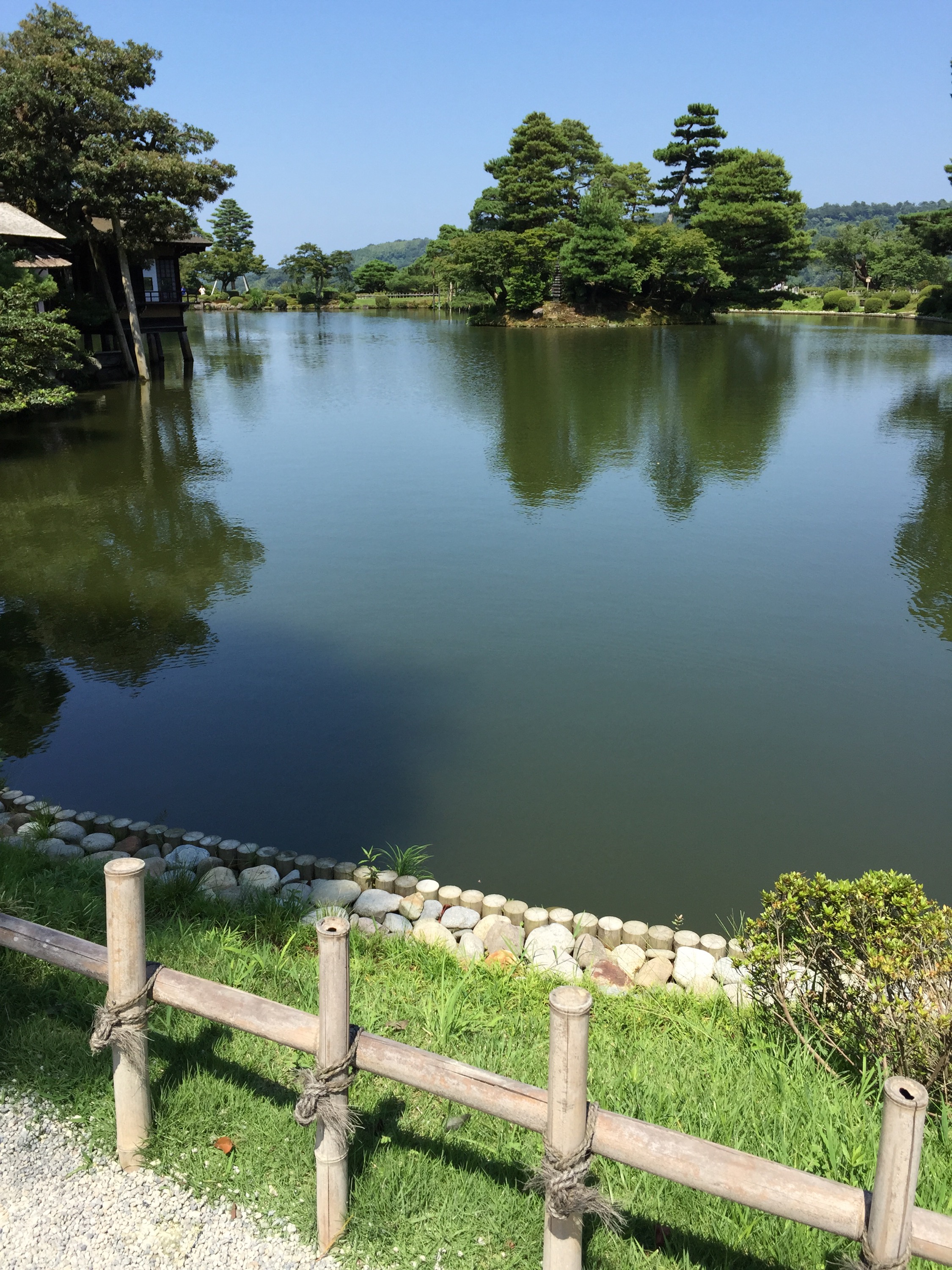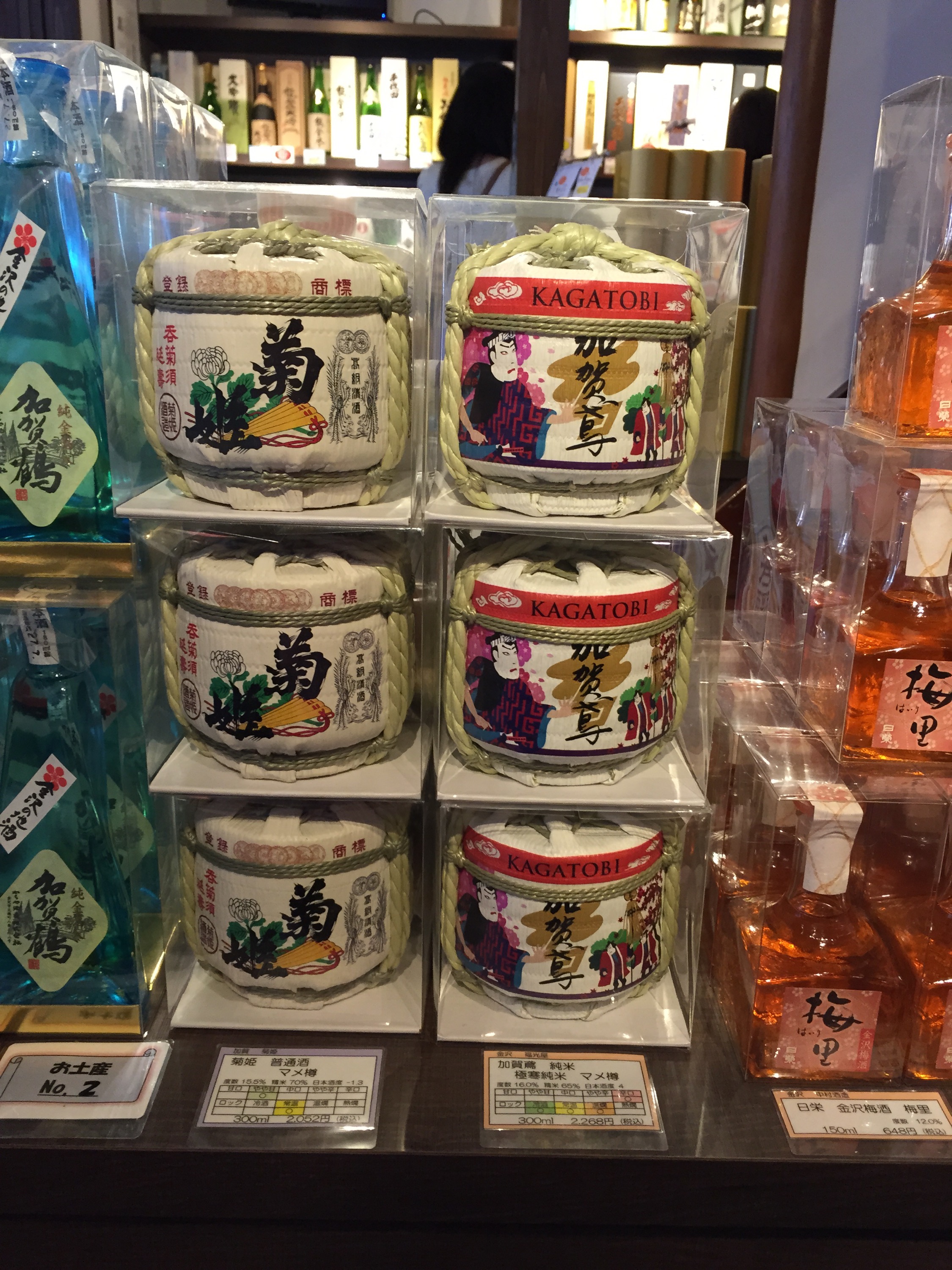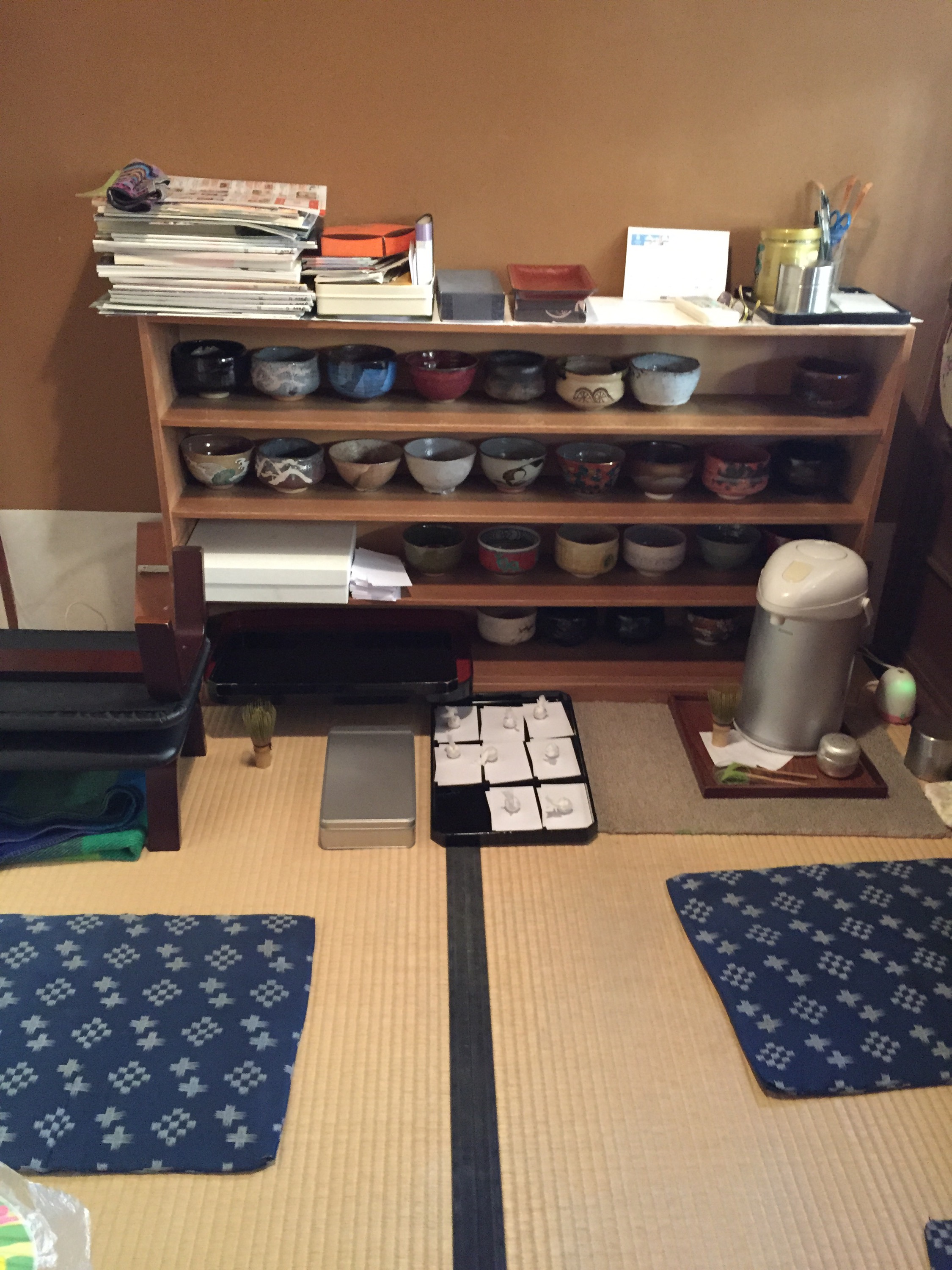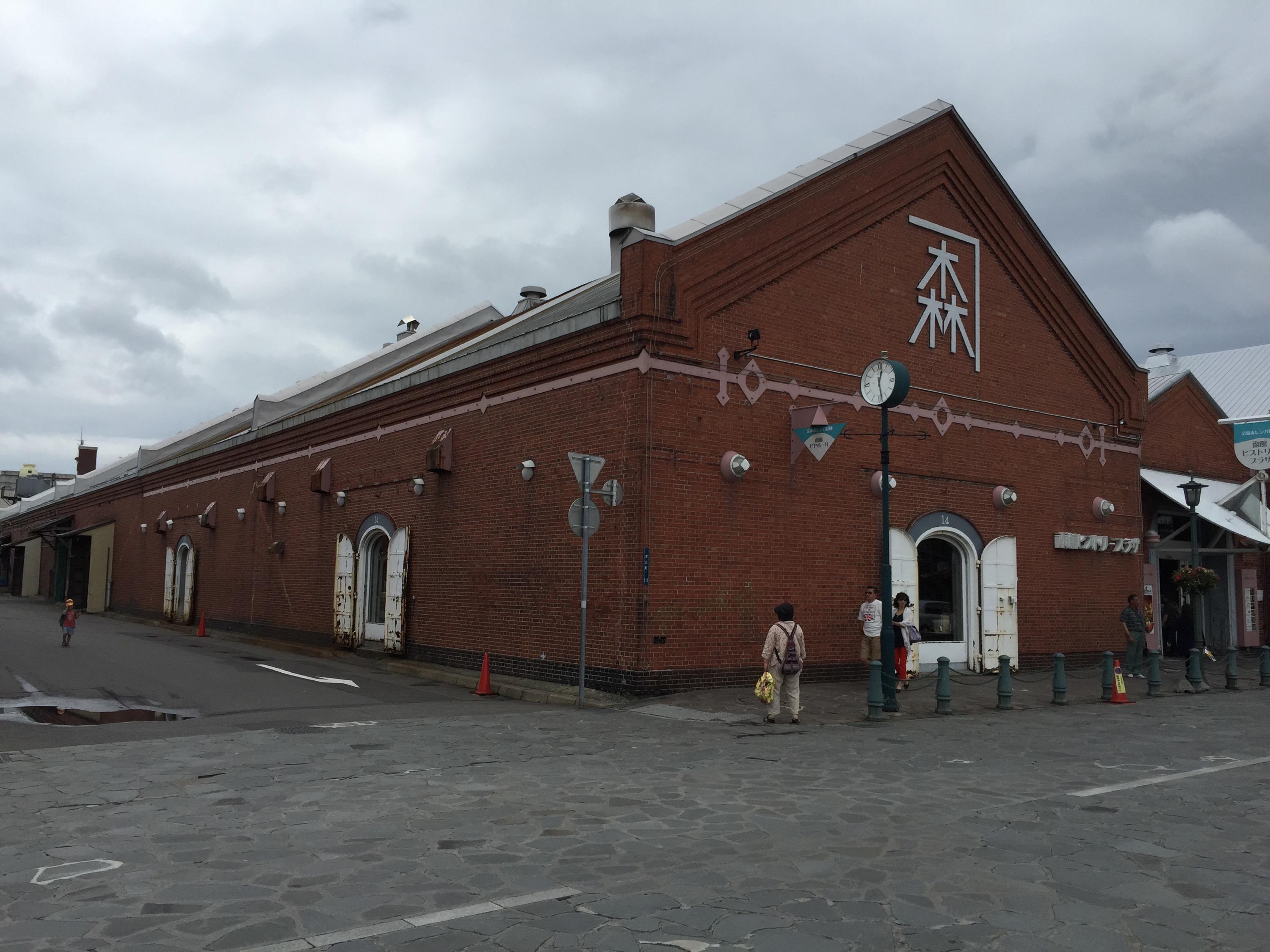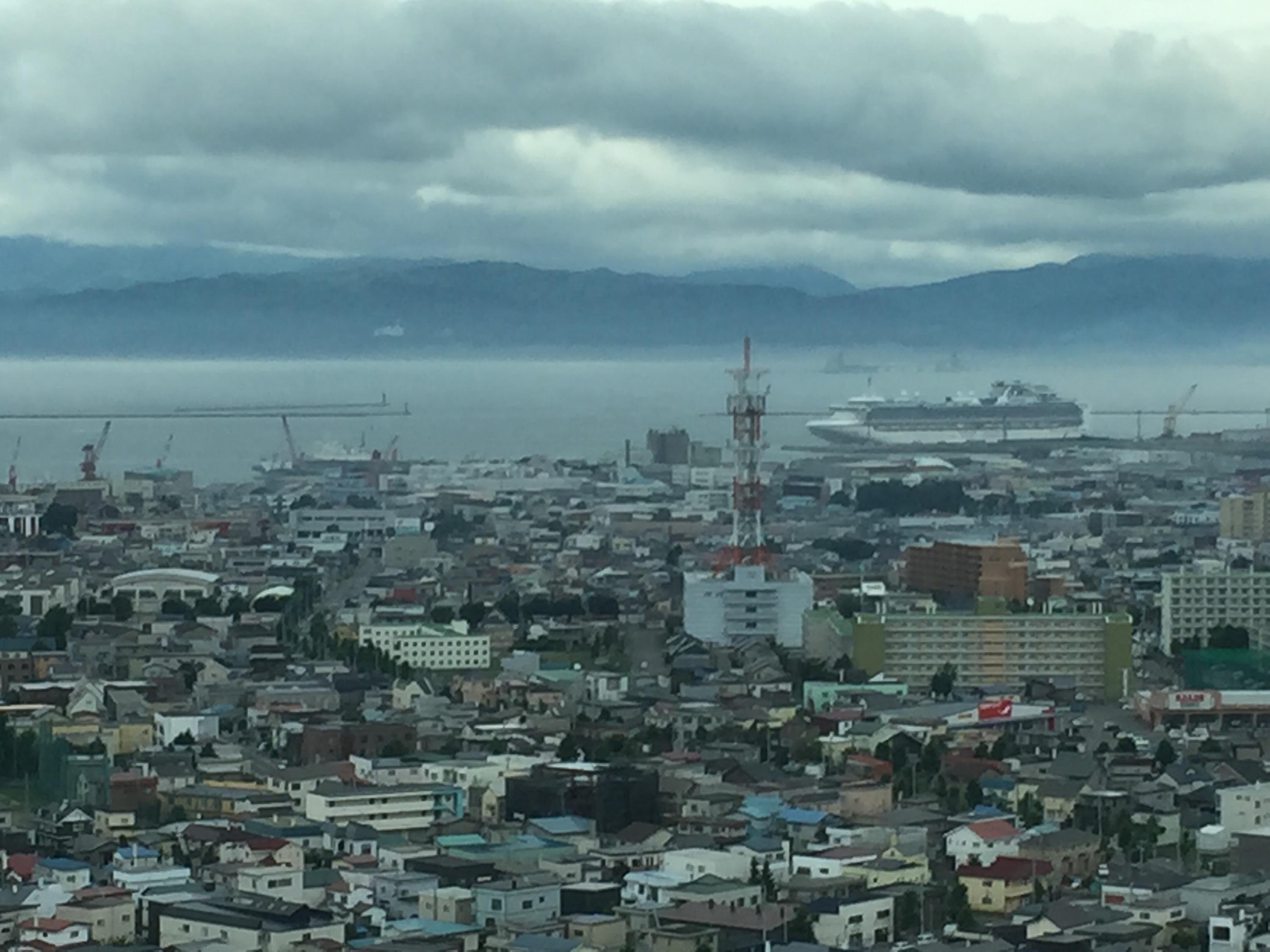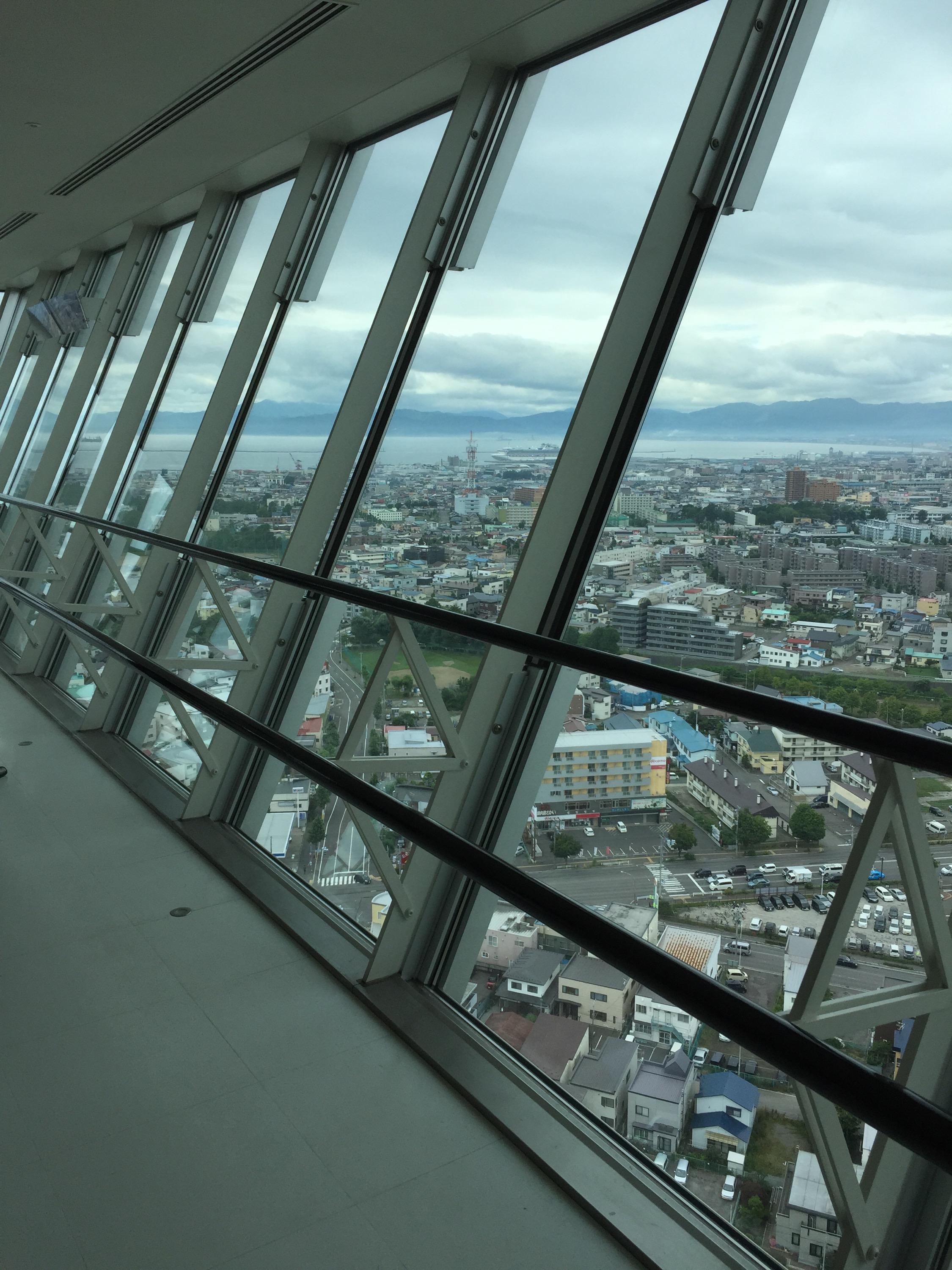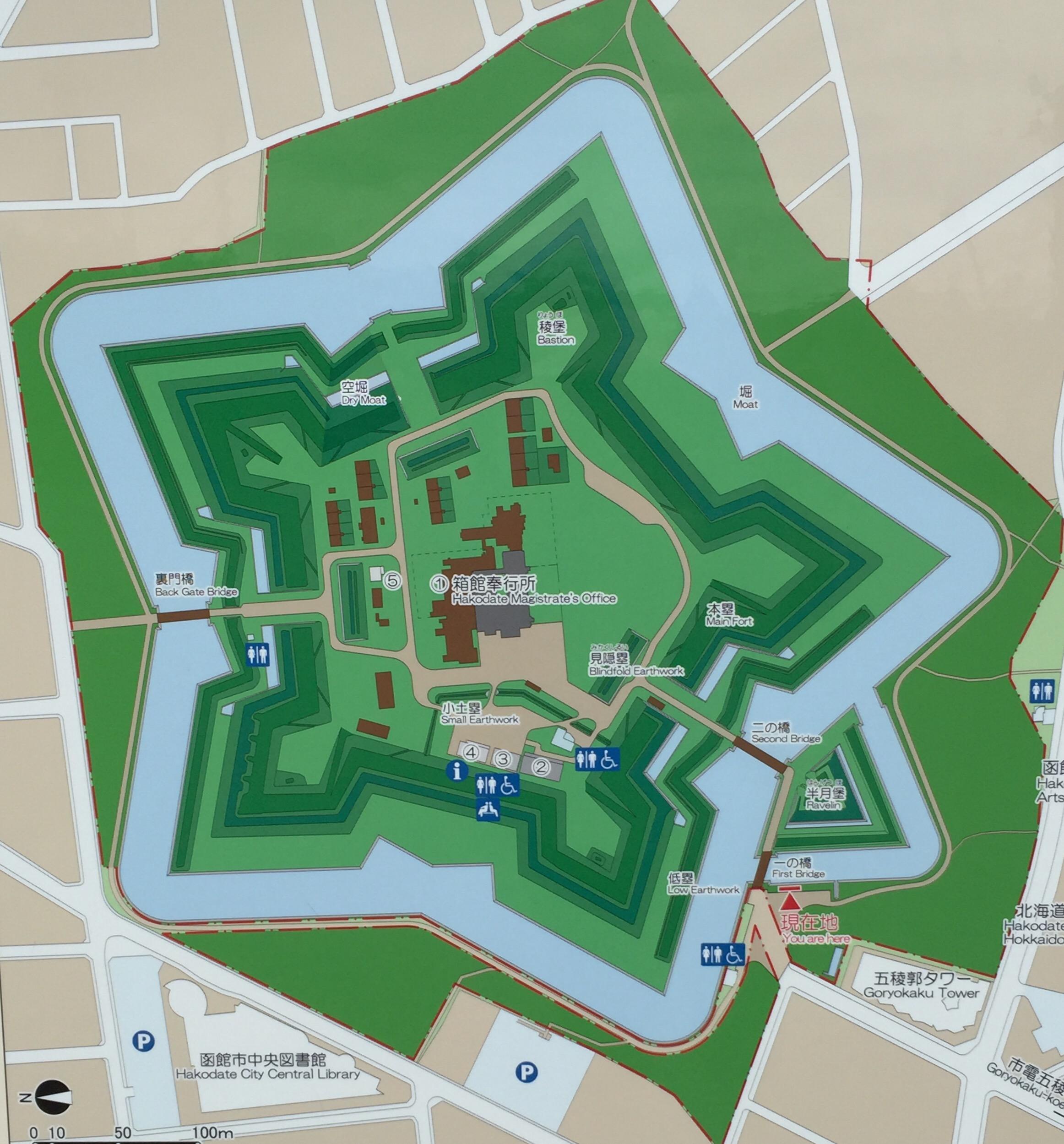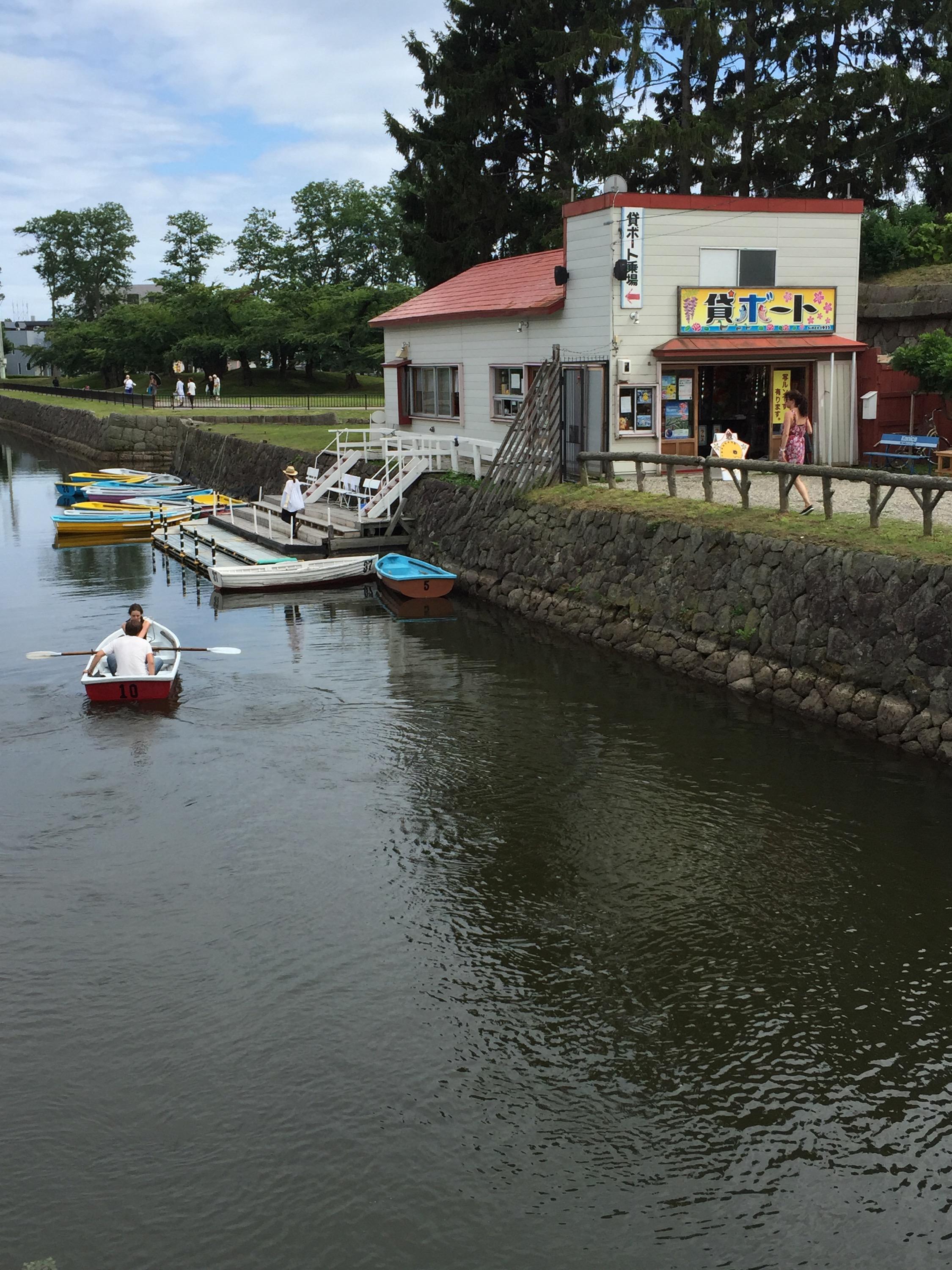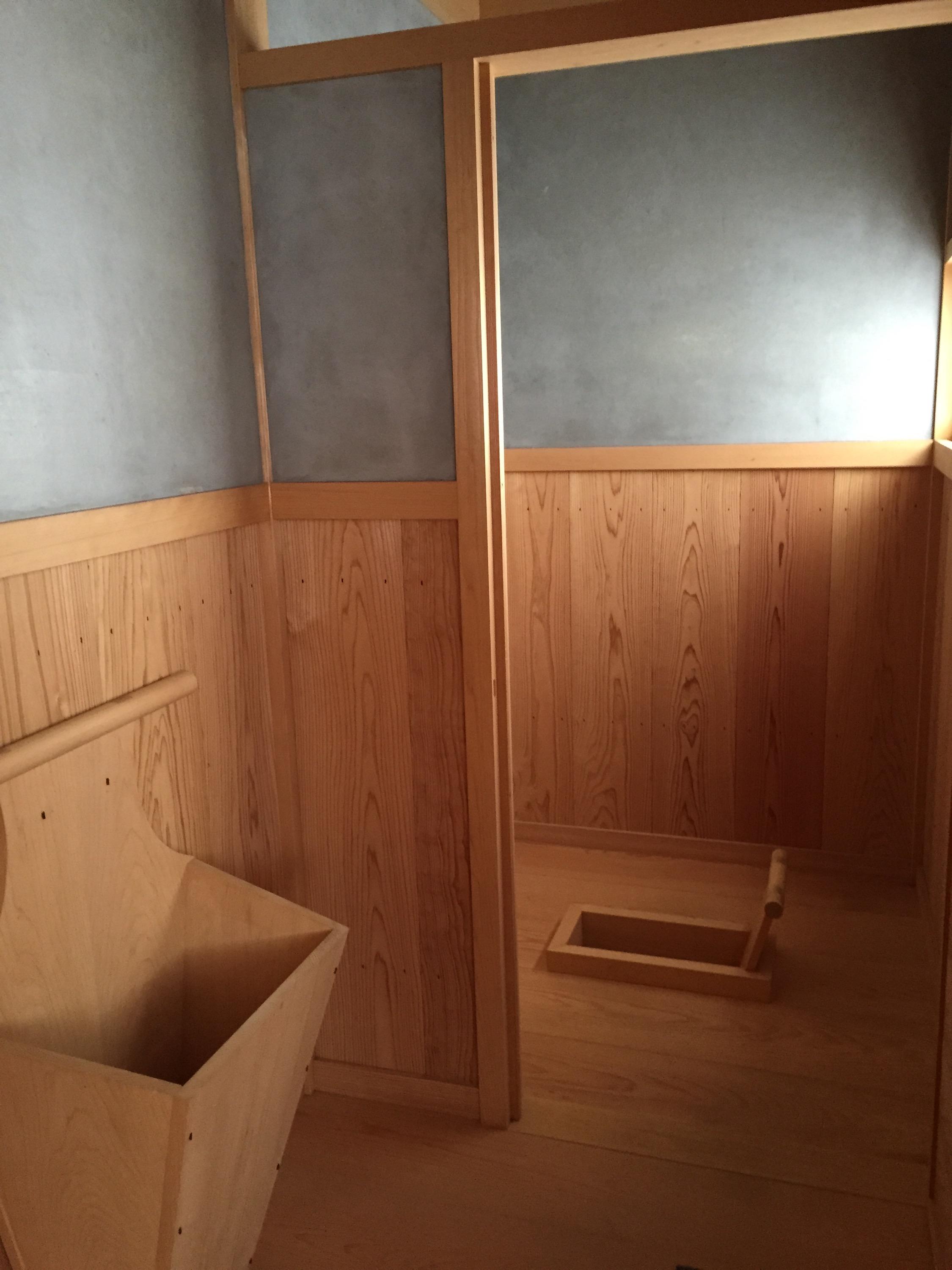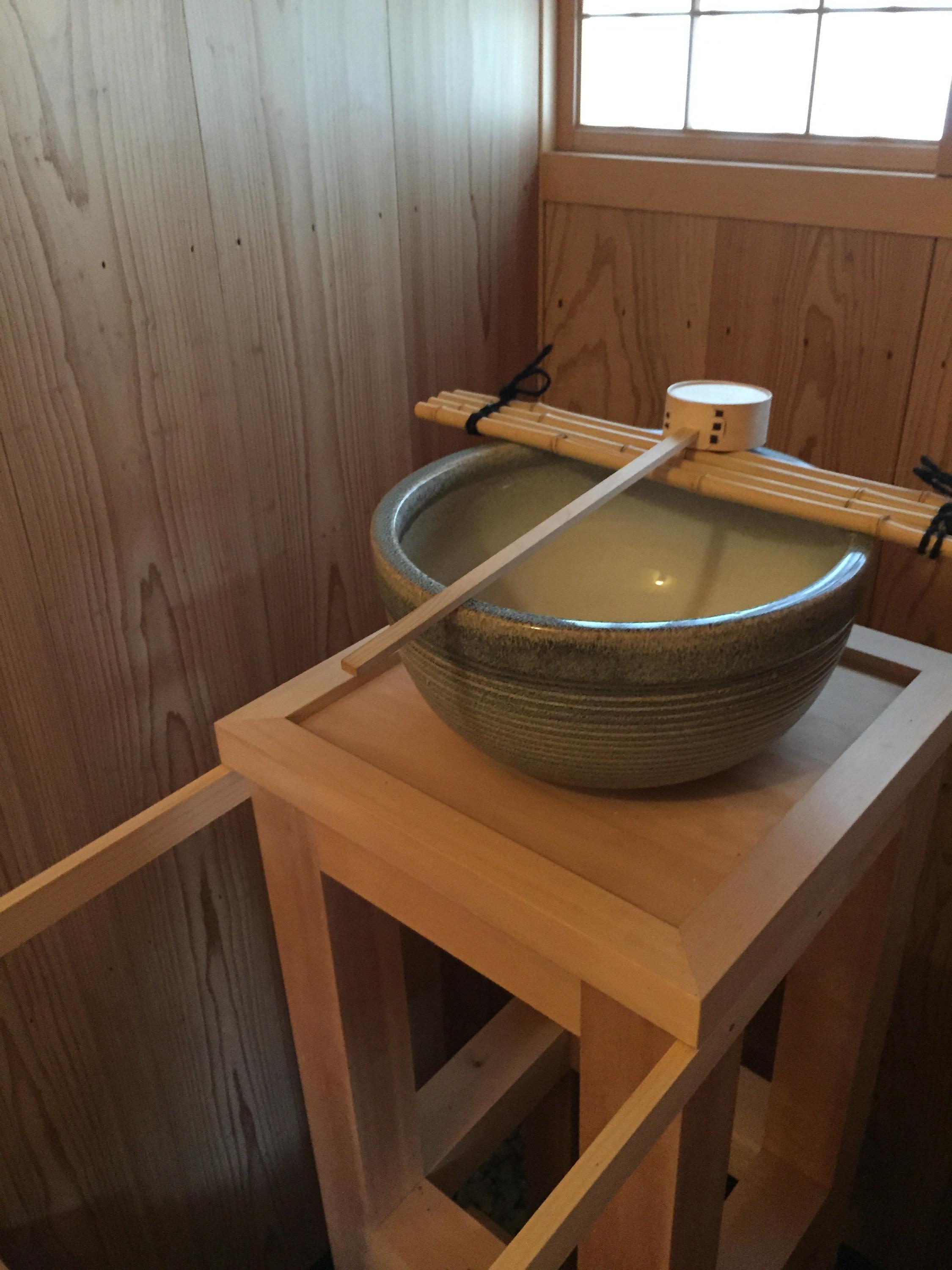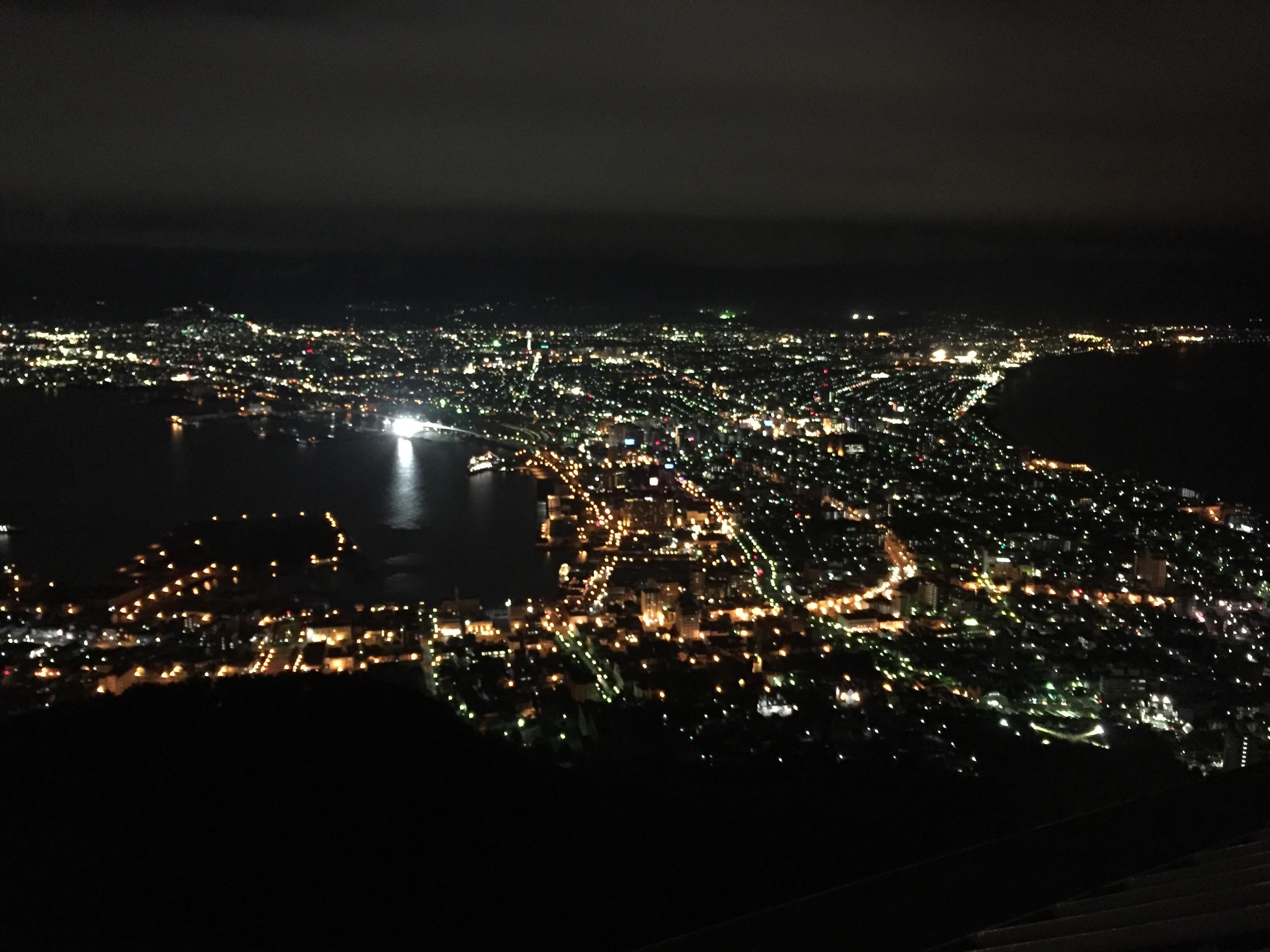There doesn’t appear to be much information online about the President No 7 Yangtze River Cruise ship, so I thought I would take some notes. Who knows? They might be helpful to others planning on taking this trip.
The first thing we noticed when checking in is that the decor is quite lavish and ornate, the ship is designed to be a 5 star hotel, and it is quite well designed and appointed. But when you look a bit closer, you notice that things aren’t quite maintained the way you would expect in a 5 star ship or hotel in the West. For example, the ship is barely 3 years old, and yet the carpets in the room are covered in stains, and they look like you wouldn’t want to take your shoes off – we found this to be the case in common areas of 5 star hotels here too though.
There is a swimming pool on the very lower deck, which we thought might be quite inviting as we have been playing tourist in extremely hot conditions – only when we went to inspect it, the water was cloudy, the room had a strong smell of varnish, and there were some sections around the pool’s edge where the marble had sustained some damage and rather than being repaired, it was covered with a duct taped piece of rubber that had obviously been there for some time. It seems somewhat typical of fancy China hotels to be well designed and start out looking amazing, but then the details get missed – popped buttons on sofas don’t get replaced or fixed, broken tiles in showers get re-grouted, but in a very slapdash fashion that doesn’t match the quality of the original fit out etc. It just seems to be the Chinese way.
But back to the President No 7. Each room is a balcony room, and every room is made up of twin beds. Upon request you can ask that your bed be ‘put together’ to make a large queen size bed… but there doesn’t appear to be any queen size linen on the ship. We asked the room staff to put our bed together, he came in, moved the bedside tables, pushed the bed together and re-arranged the quilts such that we had two single quilts overlapping in the middle. 🙂 It was rather odd – as we could have shoved the beds together ourselves. We were expecting them to re-make the bed with proper queen size linen, but oh well.
The room also has a small desk and chair, and a small sofa (that folds out for a child’s size bed). The desk and chair are handy, but the sofa is really uncomfortable. The room also has a small double closet – though for barely three nights, it is hardly worth unpacking, which is problematic, as there are no suitcase stands and not a lot of floor space to put your suitcase for the duration. We did gain some more useful floor space to be able to live out of our suitcases for the few days after pushing the beds together, so it is workable for just a few days.
The room also has a kettle and a tea making facilities, though we are not provided any milk, so it is for green or herbal tea mostly. Additionally there is a small refrigerator in the room, large enough for a six pack of beer, a few bottles of water and perhaps a couple of soft drinks. You are allowed to bring beer onboard with you, but it is for consumption in the staterooms only and not in the public areas of the ship. When you arrive the fridge will likely be turned off or even unplugged to safe power, so they will tell you there is a ‘cool box’ for already cool things, but if you push the fridge aside you can plug it in easily enough.
All rooms on the ship appear to be exactly the same dimensions, except there are some suites on the top floor, Floor 6, which have a larger living space, bigger couches and mores space all round. Unfortunately these larger, upscale rooms are not accessible by the elevator. So every time you wish to go to your room, you need to go to level 5 and then walk up two flights of stairs – with steps that are of irregular height… I thought I was going to trip on the way back down as the steps are an odd height.
For the first night onboard, dinner is not included – so your guide will recommend that you take something for dinner onboard with you or you can opt to have a set menu dinner in the dining room or served in your room for RMB80 (approximately AU$17 at time of writing). I wasn’t particularly hungry so Mr K ordered dinner to the room – and when it turned up, it took three wait staff to bring it all in! The $17 set menu dinner was like a 7 course meal… sticky rice, a chicken and mushroom dish, some kung pao chicken, vegetable congee, an eggplant dish, a green beans dish, an enormous soup of some sort, some fries and ketchup, a plate of fruit, and some cake, It more than fed both of us and there were left overs that got sent back with the dirty plates. So glad he didn’t order dinner for two!
 We discovered that you can get a unlimited bag of laundry done for RMB200 (about AU$40), which means for the 3 nights we are here, we can keep giving them back dirty clothes by 8pm at night and get them back by 8am the next day. When you’ve been travelling for 5 weeks, laundry becomes a big deal, especially when this tour has had no down time for spending on your own to find a laundromat, and the cost of doing laundry in the four and five star hotels they have us staying in is even worse than luxury cruise ship laundry prices! Will update this when the first bagful comes back to see if they have over starched or killed any delicate items. (You have to handwash your smalls when travelling, if they kill the lace or elastics on your bras… I can’t imagine trying trying to shop for bras for someone as busty as I am, in China!) Edit: laundry all came back in good order. Nothing over starched or pressed to within an inch of its life. Bonus!
We discovered that you can get a unlimited bag of laundry done for RMB200 (about AU$40), which means for the 3 nights we are here, we can keep giving them back dirty clothes by 8pm at night and get them back by 8am the next day. When you’ve been travelling for 5 weeks, laundry becomes a big deal, especially when this tour has had no down time for spending on your own to find a laundromat, and the cost of doing laundry in the four and five star hotels they have us staying in is even worse than luxury cruise ship laundry prices! Will update this when the first bagful comes back to see if they have over starched or killed any delicate items. (You have to handwash your smalls when travelling, if they kill the lace or elastics on your bras… I can’t imagine trying trying to shop for bras for someone as busty as I am, in China!) Edit: laundry all came back in good order. Nothing over starched or pressed to within an inch of its life. Bonus!
Announcements over the public address system seem to be coming in Chinese, German and English, and on the first day the announcements were not quite as loud and obnoxious as Guilin airport, but not far off it. However, the first thing in the morning there were PA announcements that came on with soft music followed by a calm, gentle voice telling everyone about breakfast and the shore excursions for the morning. Which just goes to show – they know how to be unobtrusive, but usually chose not to be.


Something else I think is a handy tip… Our breakfast and lunch meals which are included in the fare are served buffet style (dinner is a la carte), and we learned to get to the buffet as early as possible – and I mean EARLY, like as soon as it is announced over the public address system. Not because you might miss out on something to eat – you won’t, there is too much food if anything – but because there are plenty of children who take a second pass at the buffet. On their first pass, they seem to be with their parents who are helping them fill their plates, after that, they are helping themselves, and unfortunately are picking up all the food with their hands. It’s a norovirus outbreak waiting to happen.
The Captain’s Welcoming Banquet was a bit of an eye opener. There were several welcoming speeches in Chinese, English and German (large group of Austrian and Swiss on this trip), and the Europeans were politely listening to the speeches and toasts and applauding their appreciation for the ship’s company where appropriate. The Chinese guests appeared to be not listening at all, paid no attention, didn’t applaud or toast with the rest of us and were already hoeing into the meals placed on the tables. We noticed that the Chinese guests were served different dishes to the foreign guests as well. Not only that, the Chinese guests were literally, ‘eat and run’ – up and out the door within about 20 minutes flat, whereas the foreign tourists were lingering over their meals, engaging in conversation and having additional beverages… beer and soft drink is cheap (not as cheap as on shore, but cheap), wine on the otherhand was ridiculous – an Australian Penfolds Rawsons Retreat Cabernet Sauvignon was 280RMB which is just shy of AU$60 for a AU$10 bottle of wine. Even the few domestic wines on board were that price and higher.
The following night was the Captains Farewell Banquet where we saw the same tableau enacted with different speeches.
What else? Getting on and off the ship is total chaos. The domestic passengers have no problem pushing you out of the way or cutting queues. They also let their children absolutely run amok (we have been told this is the ‘little emperor / little empress’ result of China’s one child policy, but that children are extremely disciplined when bring managed by their teachers at school. Painful but true. Also the tour guides can’t seem to have their speakers on at a reasonable volume so it’s full bore audio assault all the time not a relaxing environment at all.
Overall, the ship was so-so. Not sure if I’d say it was five star ship… but it probably is for China.


























